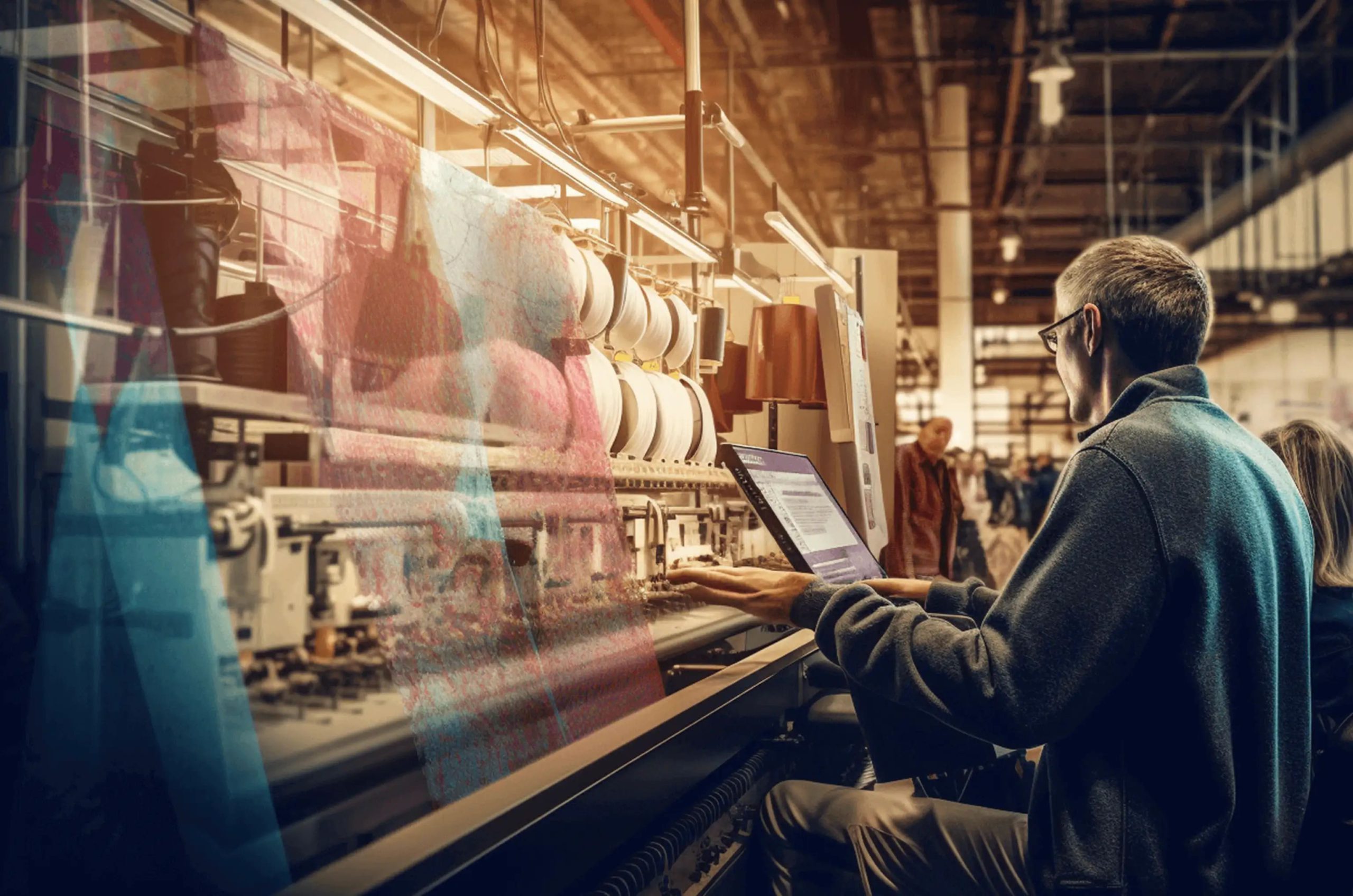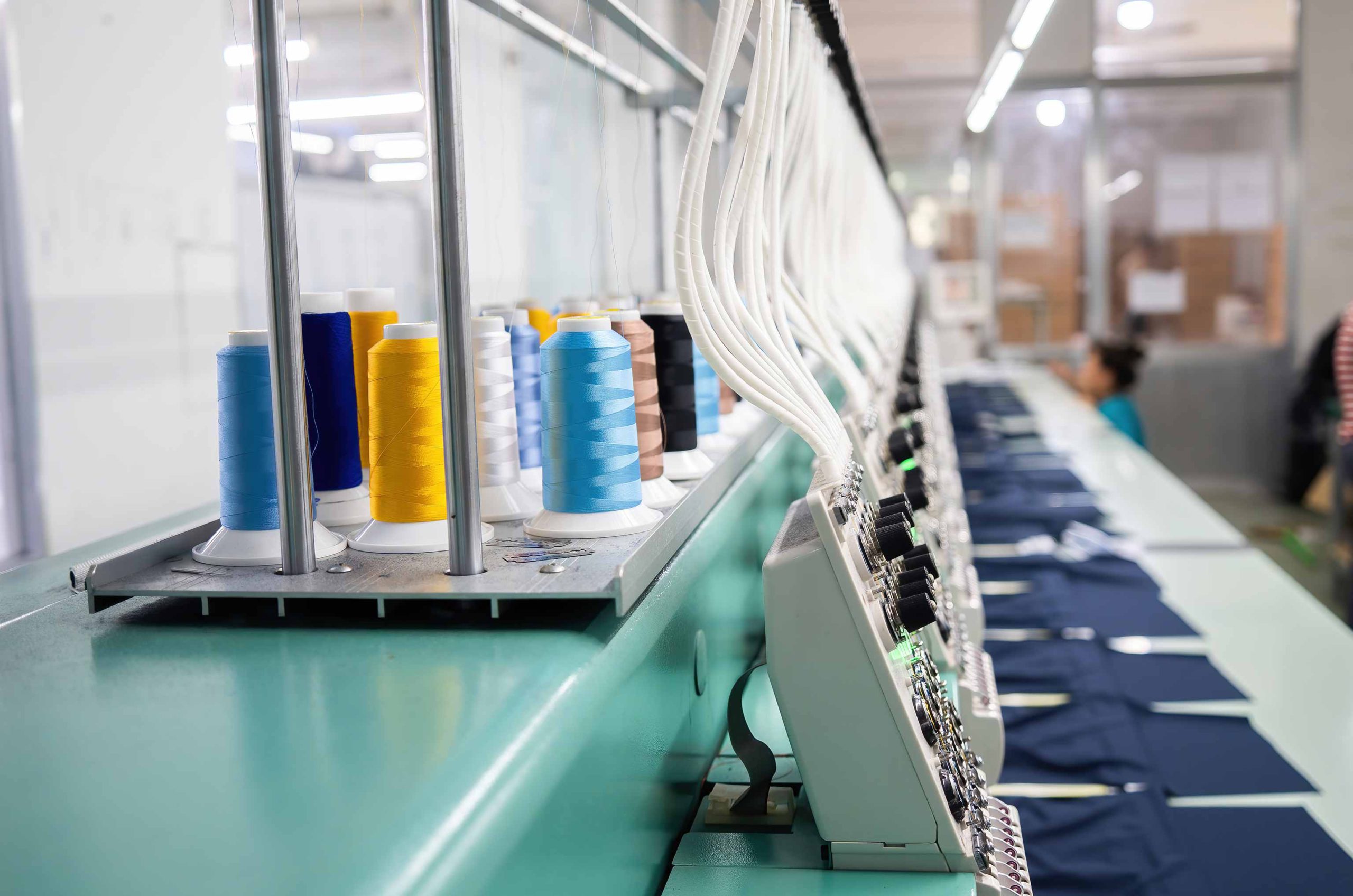How Garment ERP software helps manufacturers save time, money and effort
-
Introduction
Manufacturing is a complex industry. There are many processes involved, each of which needs to be monitored and managed separately, but they also need to be considered as a whole. As any manufacturer will tell you, having an accurate view of the production process is critical to their success. With so much at stake, it’s not surprising that manufacturers are turning to ERP software for help with their management challenges.
ERP is short for Enterprise Resource Planning. It combines several functions of a business process into a single software application. It helps manufacturers centralize product data, eliminate unnecessary operations and simplify production processes.
Garment ERP is software specifically developed for helping users in the fashion industry, providing all the resources needed to run a successful fashion business, from accounting, to inventory management, to being able to improve production and work efficiency.
In this article we’ll explore how Garment ERP software benefits manufacturers in saving time and money while also making their production processes easier and more efficient. We’ll also share some examples of how brands like yours are using WFX ERP to digitally transform their operations!
-
Garment ERP: Time, Money, and Efficiency in Manufacturing

1. Reduce the risk of errors due to lost or miscommunicated information
In a manufacturing company, there are several teams that have to work together and communicate frequently. Most importantly, all these teams need to be in sync with each other and maintain consistent information about orders, products and customers across different systems on a daily basis.
With all these different moving parts, there’s always a risk of lost or miscommunicated information, which can lead to mistakes in production. An integrated Garment ERP system can keep track of all data from the beginning (customer orders) through to the end (orders shipped) to ensure everyone is working with up-to-date information and reduce the risk of errors due to incorrect or missing data.
This type of platform allows for more frequent collaboration between departments by allowing teams within each department to work together without the hassle of sending lengthy emails or scheduling calls.
2. Keep production costs down with optimized resource allocation
Optimal resource allocation is your key to a tidy profit margin. This is especially true for companies that have multiple production lines running simultaneously, as each line has its own resources (materials, equipment and labor). For you to maximize the efficiency of each line and take full advantage of your production capacity, you need an ERP software solution that allows you to efficiently allocate those resources.
With this kind of software in place, resource managers can track where materials are used in each step of the production process, so they know exactly how much material remains on hand at any given time. They can also see if there are any bottlenecks or areas where excess materials are being used so they can make adjustments accordingly.
To make sure that you’re getting the best possible value for your investment, investigate cloud-based ERP solutions instead of on-premises ones. A cloud-based ERP solution is ideal for resource allocation, as all your resource-related information is stored in the cloud with easy access from anywhere in the world. This means that you can adjust quickly and efficiently while staying always connected to your production lines.
3. Improve integration of all departments and stakeholders in the supply chain
Another area in which Garment ERP can help manufacturers is by improving integration. Whether you’re integrating your supply chain with other systems or departments, external stakeholders, vendors or suppliers, you’ll find that ERP makes it easier than ever to do so.
With the right software for your business, you can integrate your ERP system with accounting software to automate billing and invoicing processes. In turn, this will allow you to reduce costs associated with manual data entry and improve customer relations because they’re getting their bills on time (or even earlier).
It also makes it easy to integrate ERP software into your existing operations. For instance, you can integrate your accounting and HR systems so that they’re automatically updated when new hires or promotions take place.
4. Use real-time insights to make decisions based on accurate information
The business intelligence tools in Garment ERP software can be used to track key performance indicators and generate insightful reports that provide you with real-time insights into your business.
At the click of a button, you’ll have access to insights into what’s happening in your business right now—and how it might affect future goals. You can use this information to make better decisions, faster.
Since you’re generating these reports in real-time, you can easily make changes and adjustments to your business strategy as and when required. There will no longer be a need to wait until the end of a quarter/month/week to evaluate performance and make changes. The information is already accessible, which means it can be used in whatever capacity it’s required most.
5. Better forecast demand with automated stock management and tracking
Stock management is a key component of a successful business. It helps you to reduce costs, reduce risk, predict demand for products and ensure that you have the right amount of stock available at all times. It allows you to keep track of what inventory has been sold and what hasn’t, so that you can make better decisions about where to place orders or restock items as needed.
The fashion industry often involves multiple warehouses across different locations or countries. This can make it very difficult to keep track of inventory levels in all your locations at once, especially when there are different types of products being stored in each location (such as clothing in one place, shoes in another).
There are many other ways to stay on top of your inventory levels. You can also use a product life cycle management system to track the sales history of specific products and determine if there is any unsold merchandise that needs to be moved out before it becomes obsolete.
6. Streamline sales process through integrations with marketplaces and shipping partners
You can also integrate with marketplaces such as Shopify or Amazon. This will allow you to sell your goods through these websites, which can be a valuable addition to your existing marketing and sales channels. The integration with shipping partners is another important feature that allows the user to automate many tasks related to shipment, including tracking and order management.
When you streamline your sales process with integrations like these, it becomes easier to access new markets without having to worry about logistical issues such as shipping and payment processing. In addition, this helps eliminate unnecessary costs associated with manual data entry between different platforms or departments within an organization (such as accounting).
7. Better manage multi-currency invoicing and multilingual contracts
Multilingual contracts are now more common than ever before—they’re necessary for businesses that want their products sold internationally—but most companies still struggle with translating them properly because they lack proper software support for it. Even if you have a good understanding of multi-currency invoicing and multilingual contracts, it’s still important to make sure your ERP system is equipped with these features. This will help ensure that all transactions are completed smoothly and accurately.
Your Garment ERP software should allow you to create an invoice in any currency that matches the currency of your customer’s bank account. This helps avoid unnecessary exchange rate fees, which can add up when you send payments overseas on a regular basis.
While many ERP systems come with multi-currency invoicing, not all of them can handle multilingual contracts. If your company does business in different countries around the world, having this feature could save you time and effort (and money) by avoiding costly translation errors.
It’s also important to customize your Garment ERP for country-specific tax and customs regulations. With this feature, you can easily handle different rates for VAT or GST without having to worry about manually calculating them yourself.
8. Increase profitability with improved scheduling of resource procurement and projects
The profitability of your business is determined by how much you can get out of it. The more you make, the more money you’ll have to spend on resources and projects that will allow you to grow your business even further.
With improved scheduling capabilities, Garment ERP software can help reduce time spent on procurement and project management tasks, so that more time can be devoted to growing your company’s bottom line. This means fewer mistakes in spending decisions, which is essential for avoiding overspending or underperforming (and losing money in either situation).
Another benefit is that these systems have built-in tools for risk management and compliance, which means they’ll automatically notify you if one part of the workflow isn’t going according to plan. This saves time because instead of having to manually check up on everything yourself every step along the way.
9. Keep up with industry trends by integrating additional software and systems
As your business grows and evolves, you’ll need to find ways to integrate new software and systems. This is especially true when it comes to integrating data from various sources.
As new software and systems are released, you can integrate them into your Garment ERP system to make sure that all your systems are in sync. This is especially important if you have multiple teams using separate software programs. Integrating these systems creates a streamlined workflow that ensures everyone on the team has access to the same information, so they can work together seamlessly.
-
Conclusion
Garment ERP software helps manufacturers to improve operations and increase profitability by streamlining every aspect of their business. It provides a single system that can be used by all departments in the supply chain, from procurement to production and sales. It also integrates with other software like accounting systems or marketplaces like Amazon so that they can easily access real-time information without having to log into multiple platforms or apps.










